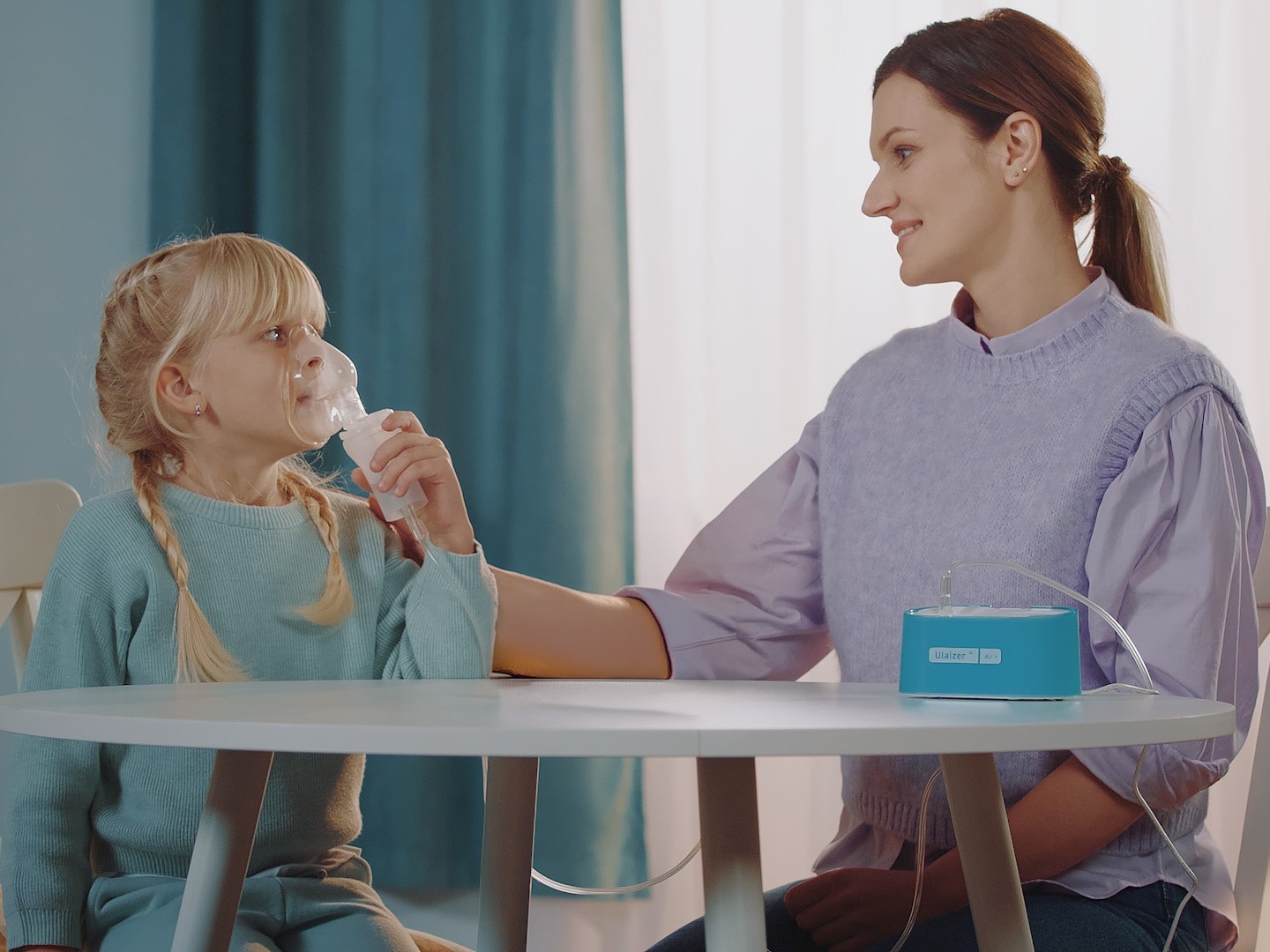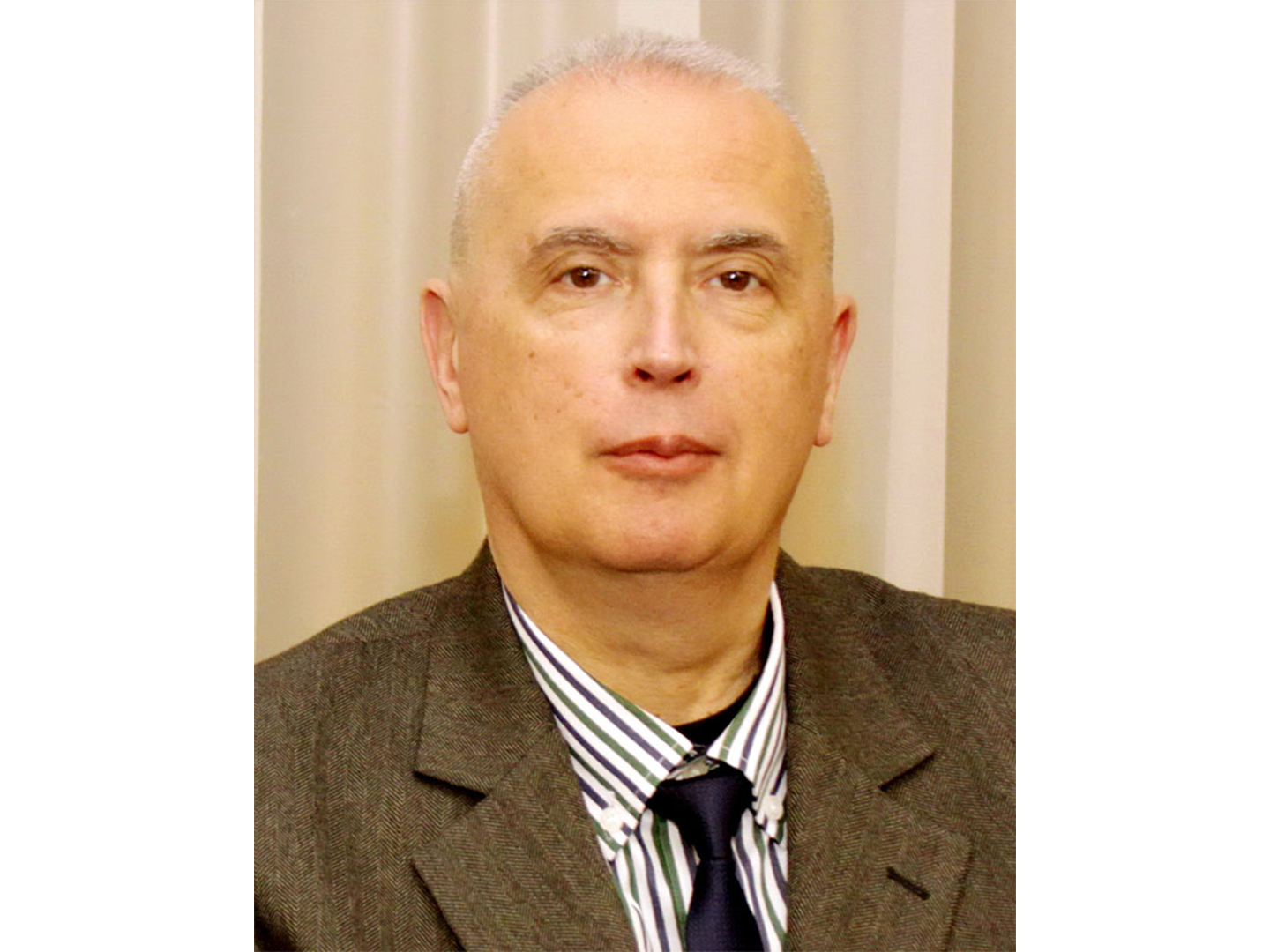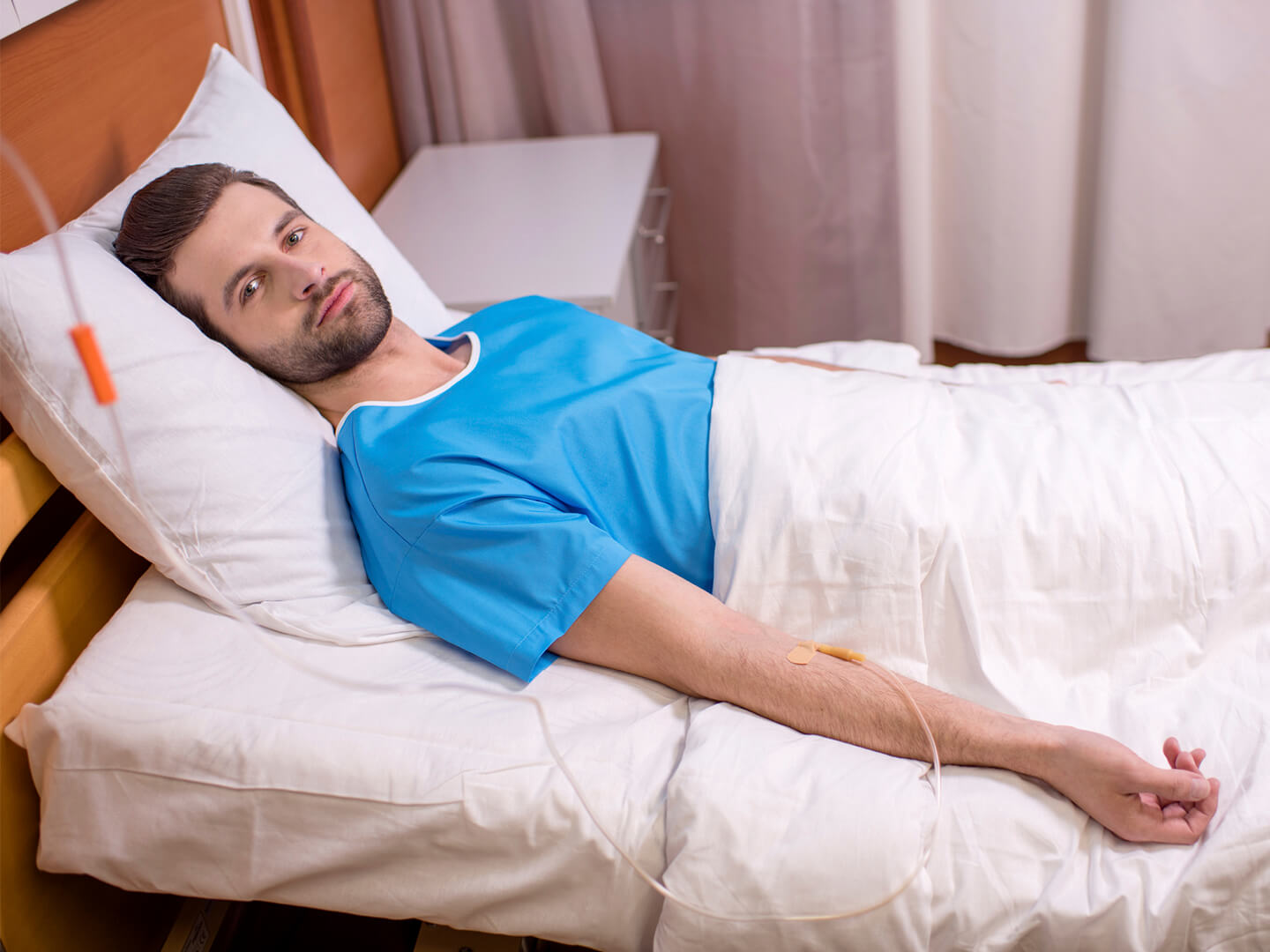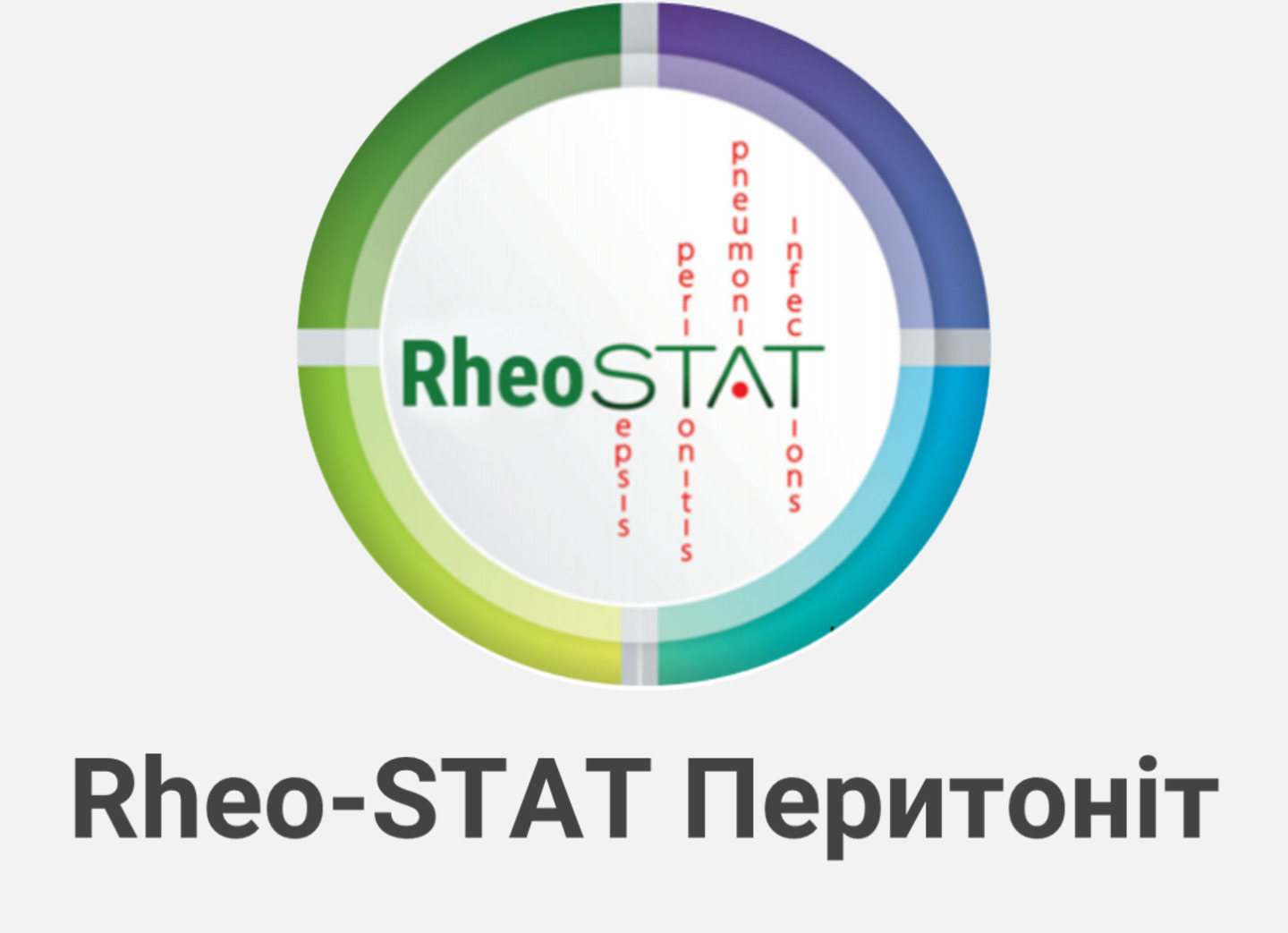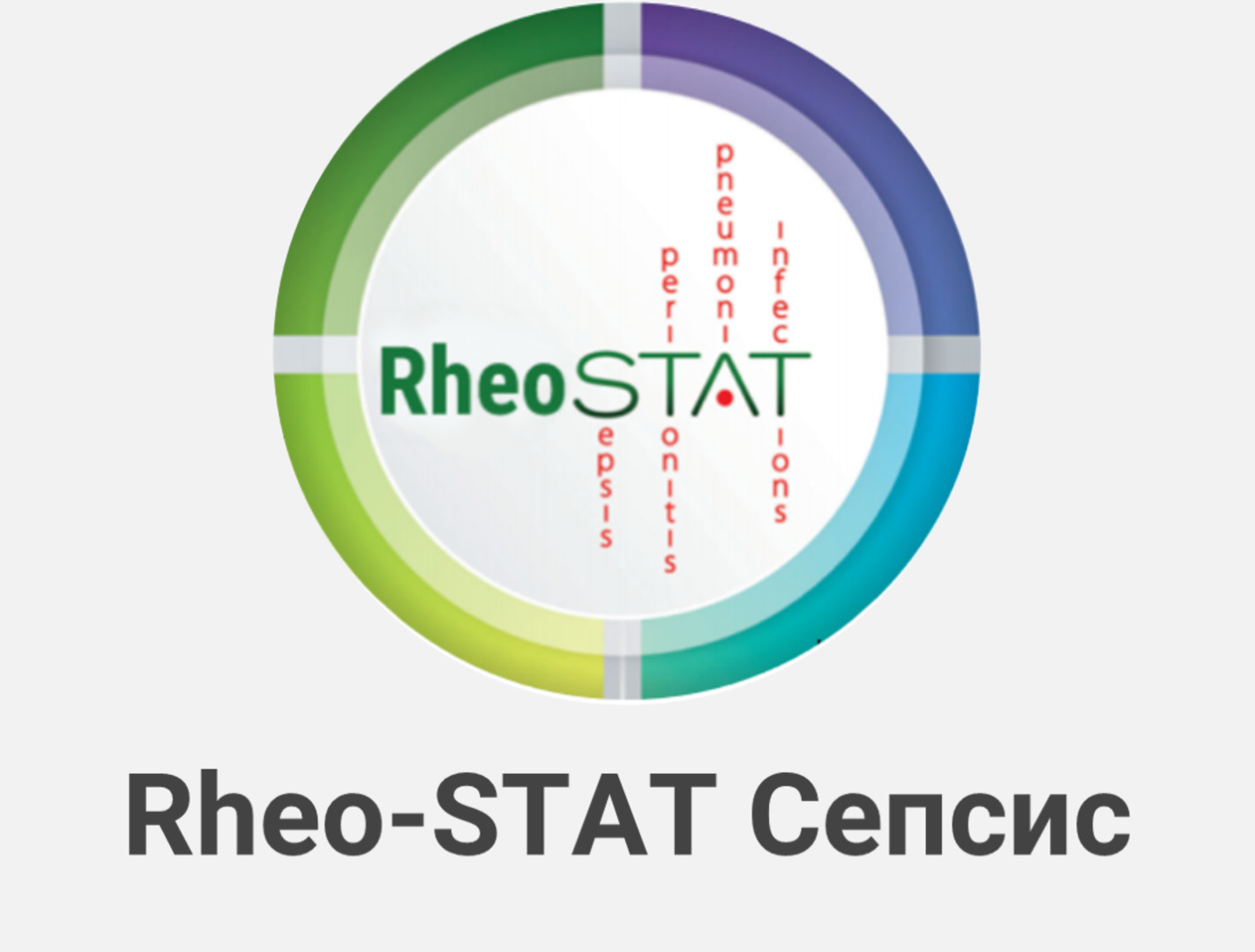Antiseptic solution for the prevention and treatment of injuries and inflammatory processes of the skin
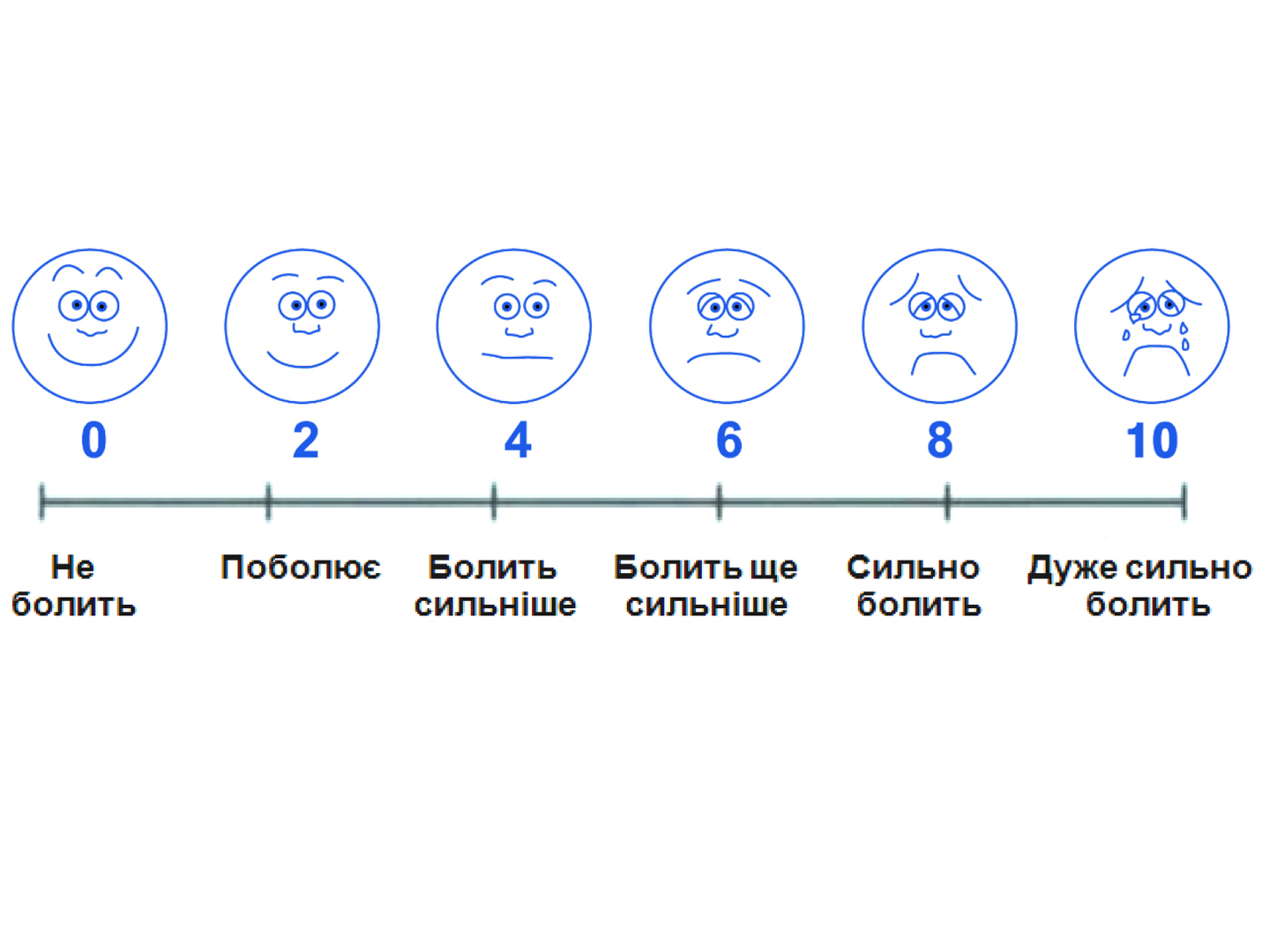
Objective. To investigate allergic and irritant symptoms, as well as the presence of pain when using decamethoxin exposed to the wound and skin.
Materials and methods. There were 75 children under examination. 23 (30, 66%) of them had superficial skin lesions, 52 (69.34%) had purulent-inflammatory diseases of the skin and subcutaneous tissue.
Results. The patients were divided into two groups. Group I included 23 (30.66%) patients with superficial (infected) skin lesions – outpatients. Group II included 52 (69.34%) patients treated in hospital. The wound process in all patients was characterized by the absence of edema or redness, there was also no allergic reaction to the components of the solution.
Studies using the Wong-Baker pain intensity scale and ten point scale found that 63 (90.0%) older patients did not have complaints when washing the wound. 5 (7.14%) patients under 5 years old and 2 patients (2.86%) of 8 years old noted a feeling of fear during the procedure.
Conclusions. The studies made have not established side effects from both the wound, the wound channel and the surrounding skin, there was also no general allergy to decamethoxin. The use of the solution was painless at all stages of the treatment.
Key words: superficial skin damage, pain intensity scale, purulent-inflammatory disease of the skin and subcutaneous tissue, decamethoxin solution.
Authors:
Rybalchenko V. F.1,2, Talko M. O.3, Boris R. M.2, Kravchenko V. V.3, Lyshevska I. V.3, Naumenko N. V.3
1 P. L. Shupyk National University of Health Сare of Ukraine
2 “ChVUZ” Kiev Medical University
3 KNP “Kiev City Children’s Clinical Hospital No. 1”
Literature:
- Helfand B.R. Khyrurhycheskye ynfektsyy kozhy y miahkykh tkanei. // B.R. Helfand y redaktsyonnыi sovet. // Moskva, 2015 S. – 109.
- Honchar O.O., Nazarchuk O. A., Palii D. V., Kovalenko I. V., Yatsula O. V. Vyvchennia antymikrobnykh vlastyvostei likarskykh antyseptychnykh preparativ, shcho mistiat Dekametoksyn®. Ukrainskyi biofarmatsevtychnyi zhurnal, № 1 (42) 2016. S. 74 – 77.
- Dekametoksyn, poroshok (substantsiia). Derzhavnyi reiestr likarskykh zasobiv MOZ Ukrainy. Reiestratsiine posvidchennia na likarskyi zasib № UA/12128/01/01. Nakaz MOZ Ukrainy vid 13.04.2012 № 264.
- Zemlianoi A.B., Yusupov Y.A., Kysliakov V.A. Sostoianye tsytokynovoi systemы pry hnoino-nekrotycheskykh y retsydyvyruiushchykh hnoino-nekrotycheskykh oslozhnenyiakh syndroma dyabetycheskoi stopы y vozmozhnosty ymmunomoduliatsyy. Trudnыi patsyent. 2011; 10: 36-43.
- Kovalchuk V.P., Palii V.H., Hrabik I.M. Kharakterystyka profilaktychnoi i likuvalnoi efektyvnosti novoho vitchyznianoho antyseptychnoho preparatu Horosten. Nova medytsyna: zhurnal dlia likariv ta medychnoi hromadskosti. – 2006h. N 1, c.72-75
- Kondratiuk V.M., Trofimenko Yu.Iu., Kondratiuk O.P., Patyk V.V., Harchuk P.P., Honcharov O.L., Korsun A.V., Kobzina L.V., Oliinyk V.M., Pedorenko L.V., Podolian T.M. Antyseptychni rozchyny na osnovi dekametoksynu v porivnianni z povidoniodom dlia profilaktychnoi obrobky shkiry pry dohliadi za venoznymy kateteramy. Ukrainskyi khimioterapevtychnyi zhurnal 2012 № 3 (27), s. 56 – 59.
- Rybalchenko V.F., Stepanova N.V., Naumenko N.V., Kovalenko B.V., Kravchenko V.V., Lyshevska I.V., Radzikhovskyi O.V. Mikrobiolohichna kharakterystyka zbudnykiv pnevmonii u novonarodzhenykh ditei ta yikh chutlyvist do antybakterialnykh preparativ. Zbirnyk naukovykh prats Za materialamy naukovo-praktychnoi konferentsii «Innovatsiini tekhnolohii v khirurhii ta anesteziolohii i intensyvnii terapii dytiachoho viku». 18-19 zhovtnia 2019 roku. m.Kyiv. s. 71-73.
- Rybalchenko V.F., N.V. Stepanova, N.V. Naumenko, B.V. Kovalenko, V.V. Kravchenko, I.V. Lyshevska, O.V Radzikhovskyi. Mikrobiolohichna kharakterystyka zbudnykiv pnevmonii u novonarodzhenykh ditei ta yikh chutlyvist do antybakterialnykh preparativ. // Khirurhiia dytiachoho viku № 3 (60) / 2018 s. 115-116.
- Svetukhyn A.M., Tsvetkov V.O., Zemlianoi A.B., Molchanov V.V. Nereshennыe problemы dyahnostyky y lechenyia tiazheloi anaэrobnoi ynfektsyy miahkykh tkanei. V kn.
- «Neotlozhnaia medytsyna v mehapolyse. Materyalы vtoroho mezhdunarodnoho foruma. Moskva, 20-21 aprelia 2006» S. 130-131.
- Faustova M. O. Etiolohichna struktura, biolohichni vlastyvosti dominuiuchykh zbudnykiv peryimplantatnoho mukozytu / M. O. Faustova, O. A. Nazarchuk, M. M. Ananieva // Zaporozhskyi medytsynskyi zhurnal. — 2017. — T. 19, № 5 (104). — S. 652—657.
- Faustova M.O. Vplyv suchasnykh antyseptychnykh zasobiv na formuvannia bioplivok hramnehatyvnymy zbudnykamy infektsiino-zapalnykh implantatsiinykh uskladnen / M.O. Faustova, O.A. Nazarchuk // Aktual. probl. suchasn. med.: Visn. Ukr. med. stomat. akad.: naukovopraktychnyi zhurnal. – 2018. – T. 18, № 1 (61). – S. 200-204.
- Shliapnykov S.A. Khyrurhycheskye ynfektsyy miahkykh tkanei – staraia problema v novom svete. Ynfektsyy v khyrurhyy. 2003; 1 (1): 14-21.
- DiNubile M.J., Lipsky B.A. Complicated infections of skin and skin structure infections: When infection is more than skin deep. J Antimicrob Chemother. 2004; 53: 37-50.
- Drusano G.L. Early endpoints for acute bacterial skin and skin structure infections. Antimicrob Agents Chemotherapy. 2012; 56(5): 2221-2222.
- Edelberg J., Berger A., Weber D.J. et al. Clinical and economic consequences of failure of initial antibiotic therapy for hospitalized patients with complicated skin and skin structure infections. Infect Control Hosp Epidemiol. 2008; 29: 160-169.
- Edelberg J., Taneja C., Zervos M. et al Trends in US hospital admissions for skin and soft tissue infections. Emerg Infect Dis. 2009; 14: 1516-1518.
- Kozlov R.S., Krechikova O.I., Ivanchik N.V. et al. Etiology of Nosocomial Bacterial Infections in Russia. Rosnet Study Group. Proceedings of the 48th Interscience Conference on Antimicrobial Agents and Chemotherapy; 2008 Oct 25-28; Washington, DC, USA; p. 572, abst. K-4108.
- Leaper D., JMcBrain A., Kramer A.et al Healthcare associated infection: novel strategies and antimicrobial implants to prevent surgical site infections. Review Ann R Coll Surg Engl. 2010; 92.
- Leaper D., Noy B. Surgical site infection – a European perspective of incidence and economic burden. Int Wound J. 2004; 1: 247-273.
- Marwick C., Broomhall J., McCowan C. et al. Severity assessment of skin and soft tissue infections: cohort study of management and outcomes for hospitalized patients. J Antimicrob Chemother. 2011; 66: 387-397.
- Pulgar S., Mehra M., Quintana A. et al. The epidemiology of hospitalized cases of skin and soft tissue infection in Europe. 18th European Congress of Clinical Microbiology and Infectious Diseases. Barcelona, Spain, 2008. Abstr. P821.
- Zervos M.J., Freeman K., Vo L. et al. Epidemiology and outcomes of complicated skin and sift tissue infections in hospitalized patients. J Clin Microbiol. 2012; 50: 238-245.

